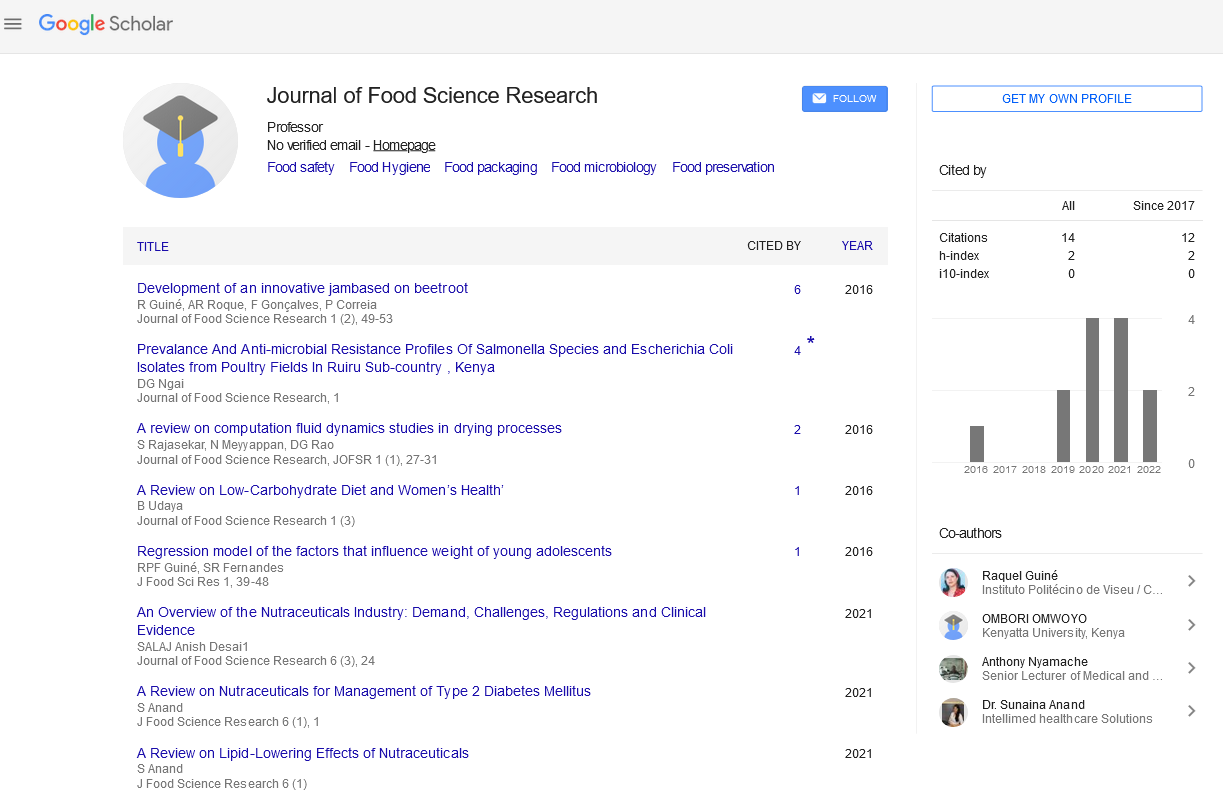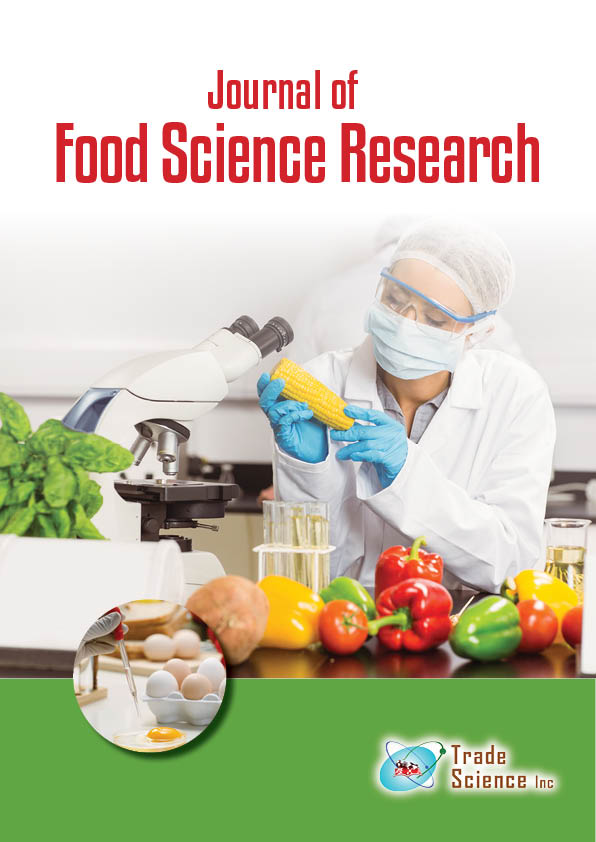Abstract
An Analysis of the need of creating microalgae library for future global research
Author(s): EugeneY. WangAn Analysis of the need of creating microalgae library for future global research Studies on single cell creatures will be important for the development of the future technologies ranging from food, nutrients, pharmaceuticals, energy, to the environmental protection (greenhouse gas and more). Algae have long been touted as a source of novel functional ingredients and bioactive compounds, and while great progress has been made in commercialising certain nutraceutical ingredients, there are many challenges ahead. In this special edition article we explore the situation for nutritional oils, alginates, and carotenoids extracted from algae. Sustainability concerns regarding global fish stocks, together with ever-growing demand from the aquaculture industry have been key factors in driving the demand for alternative sources of the long chain polyunsaturated fatty acids (LC-PUFAs) eicosapentaenoic acid (EPA) and docosahexaenoic acid (DHA). Microalgae are the prime source of LC-PUFAs for fish and other organisms. Fish oils are abundant in both EPA and DHA because they reflect the trophic integration of diatom and flagellate type algae, which are rich in EPA and DHA respectively. Early production of algal sourced LC-PUFAs involved predominantly DHA. The principal species used were from either fermentation of Schizochytrium sp. or the heterotrophic Crypthecodinium cohnii. Other DHA-rich species include Thraustochytrium aggregatum and Ulkenia sp. Martek Biosciences (acquired by Royal DSM NV in 2011) developed commercial edible DHA from both the main algal sources mentioned above. One of Martekâ??s proprietary products was demonstrated to have similar nutritional properties to cooked salmon. The companyâ??s DHASCO product, derived from C. cohnii, has a DHA content of over 40% and its safety and bioaccessibility has enabled its use in infant formula, baby foods, dietary supplements and pharmaceuticals.

